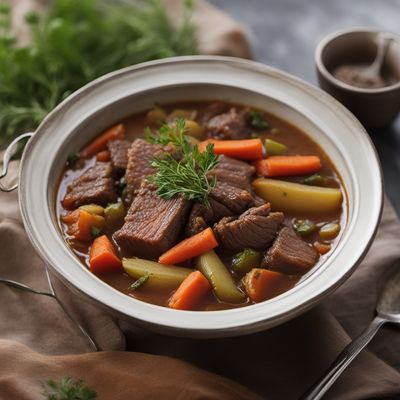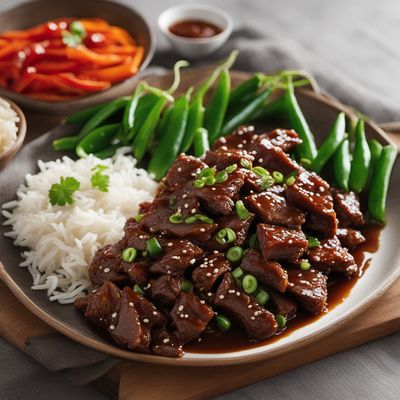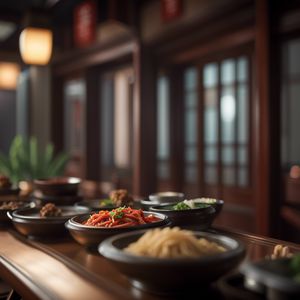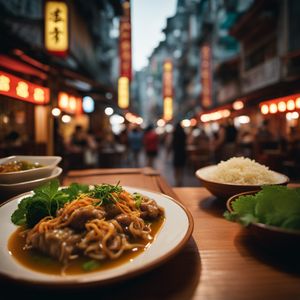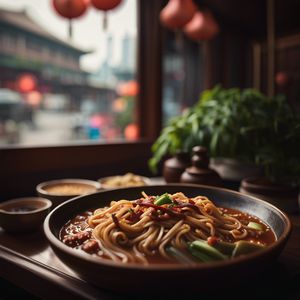
Dish
Tsuivan
Steamed Noodles with Meat and Vegetables
Tsuivan is made from hand-pulled noodles that are cooked in a wok with meat, vegetables such as carrots and onions, and spices such as cumin and chili powder. The dish is typically served with a side of pickled vegetables and is a hearty and filling meal.
Origins and history
Tsuivan has been a staple food in Mongolia for centuries. It is often eaten by nomadic herders who need a hearty and filling meal to sustain them during long periods of travel.
Dietary considerations
Tsuivan is not suitable for vegetarians or vegans. It may contain gluten, soy, and dairy.
Variations
There are many variations of tsuivan, including tsuivan with chicken, tsuivan with seafood, and tsuivan with vegetables. Some variations also include additional spices such as ginger or garlic.
Presentation and garnishing
To make the perfect tsuivan, be sure to cook the noodles until they are al dente and not overcooked. The meat should be tender and flavorful, and the vegetables should be cooked but still slightly crunchy. Garnish with chopped green onions or cilantro.
Tips & Tricks
Tsuivan is a great dish to make in large batches and freeze for later. To reheat, simply steam or microwave until heated through.
Side-dishes
Tsuivan is often served with a side of airag (fermented mare's milk) or suutei tsai (Mongolian milk tea). It can also be served with a side of rice.
Drink pairings
Tsuivan is typically paired with Mongolian beer or vodka. It can also be paired with green tea or water.
Delicious Tsuivan recipes
More dishes from this category... Browse all »

Abura soba
Japanese cuisine
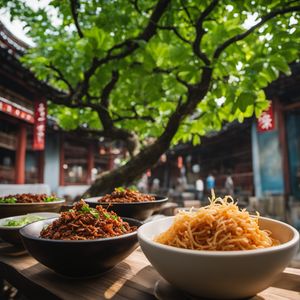
Ants Climbing a Tree
Chinese cuisine

Asahikawa ramen
Japanese cuisine

Biangbiang Noodles
Chinese cuisine

Bibim guksu
Korean cuisine
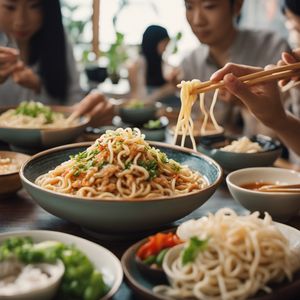
Bukkake udon
Japanese cuisine
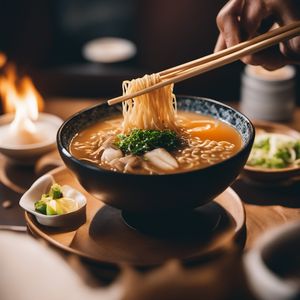
Burnt Miso Ramen
Japanese cuisine

Bánh canh
Vietnamese cuisine
